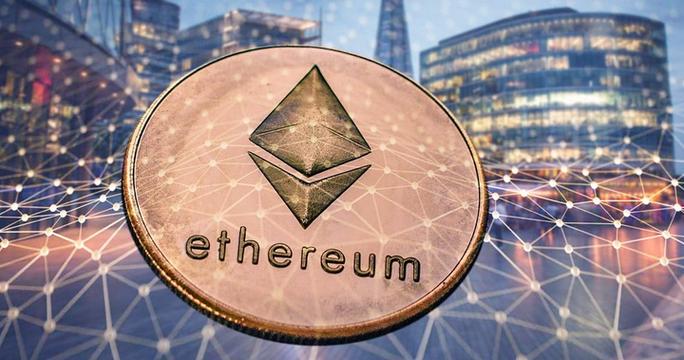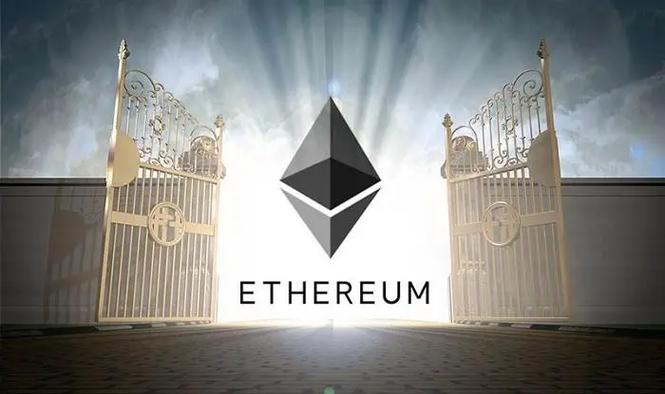
Understanding ETH: A Comprehensive Guide
Ethereum, often abbreviated as ETH, is a groundbreaking blockchain platform that has revolutionized the way we think about digital currencies and decentralized applications. As an open-source platform, Ethereum has gained immense popularity and is widely recognized as one of the most influential projects in the cryptocurrency space. In this article, we will delve into the various aspects of ETH, including its history, features, use cases, and future prospects.
History and Founding
Ethereum was conceptualized in 2013 by Vitalik Buterin, a programmer who was inspired by Bitcoin. The idea was to create a platform that would not only serve as a digital currency but also enable the development and deployment of decentralized applications. In 2014, Ethereum was launched through an Initial Coin Offering (ICO), marking the beginning of its journey. Since then, it has grown into a robust ecosystem with a strong community of developers and users.

Key Features of ETH
ETH, as the native cryptocurrency of Ethereum, has several key features that set it apart from other digital currencies:
| Feature | Description |
|---|---|
| Decentralization | ETH is decentralized, meaning that no single entity has control over the network. Transactions and information are maintained by a network of nodes, ensuring transparency and security. |
| Smart Contracts | Ethereum introduced the concept of smart contracts, allowing for the execution of automated contracts without the need for intermediaries. This feature has opened up new possibilities for various industries, including finance, real estate, and supply chain management. |
| Scalability | Ethereum is constantly evolving to improve scalability. The platform is working on implementing layer 2 solutions to reduce the load on the main chain and enhance its performance. |
Use Cases of ETH
ETH has a wide range of applications across various industries:
-
Decentralized Finance (DeFi): ETH plays a crucial role in the DeFi ecosystem, enabling users to access decentralized financial services such as exchanges, lending platforms, and stablecoins.
-
Non-Fungible Tokens (NFTs): ETH is the primary currency used for purchasing and selling NFTs, which are unique digital assets representing ownership of various items, including art, music, and virtual real estate.

-
Smart Contracts and DApps: ETH is used as the fuel for running smart contracts and decentralized applications on the Ethereum network.
-
Investment and Value Storage: Many individuals invest in ETH as a digital asset, hoping for long-term growth in its value.
Market Position and Future Prospects
Ethereum has established itself as a leading player in the cryptocurrency market. Its market capitalization is substantial, and it has a strong ecosystem of developers and users. However, the future of ETH is not without challenges. The platform is continuously evolving to address scalability issues and improve its performance. As more businesses and individuals adopt Ethereum-based solutions, the demand for ETH is expected to grow, potentially leading to an increase in its value.
Conclusion
Ethereum and its native cryptocurrency, ETH, have transformed the way we think about digital currencies and decentralized applications. With its robust features, extensive use cases, and strong market position, ETH is poised to play a significant role in the future of finance and technology.




